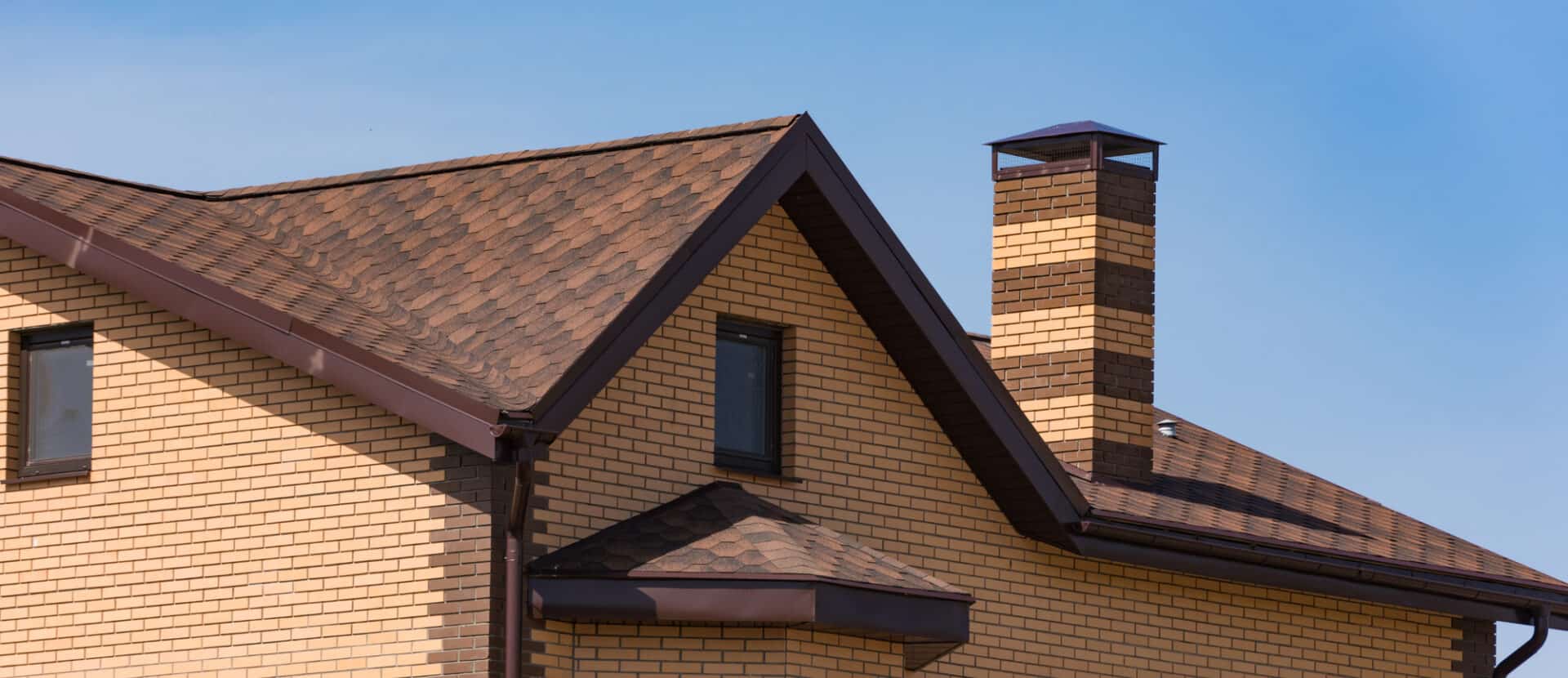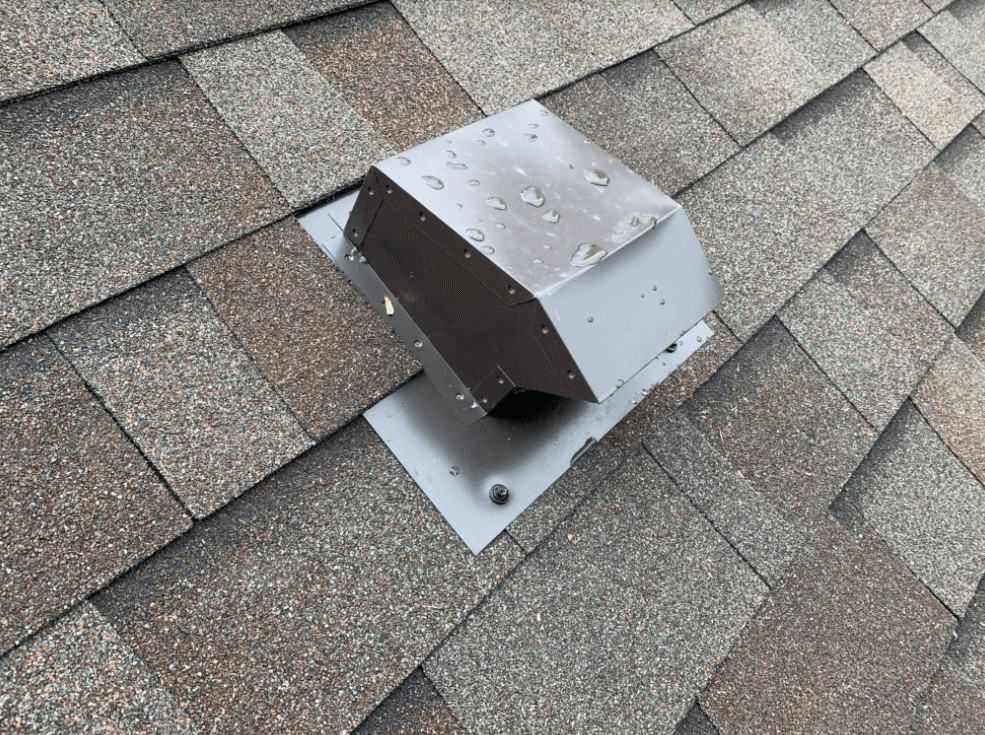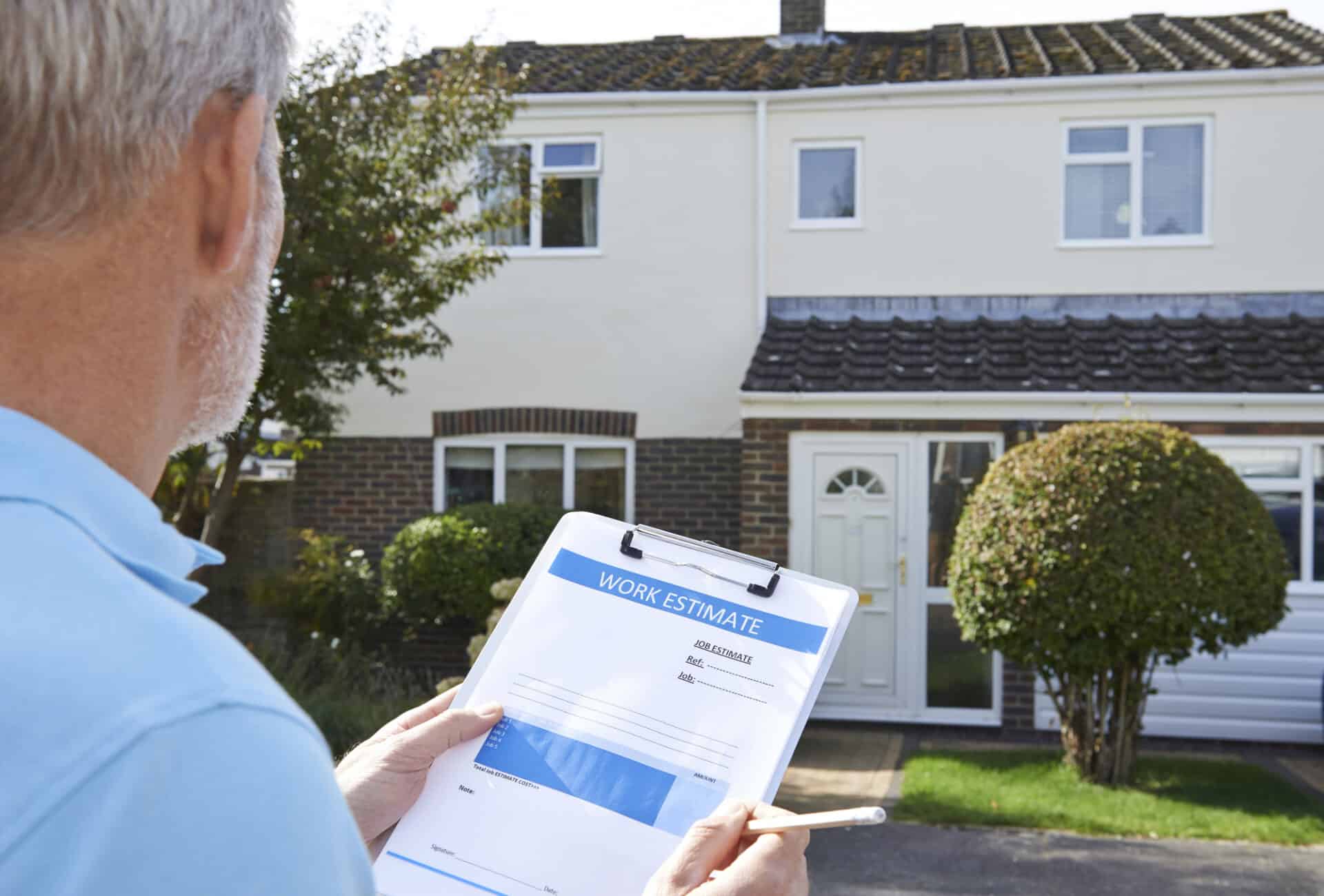If you live in an area that accumulates snow and gets cold enough for ice to build up in the winter, chances are you need the proper amount of ice & water shield on your home to meet code requirements. Plus, a high-quality ice & water shield will protect your home from damage caused by ice dams.
What is an Ice and Water Shield?
Ice & water shield is a thick, sticky-back underlayment (also known as felt paper) that will adhere to your roof deck and prevent water from seeping into your home if it gets under your shingles.
If an ice dam occurs on your roof and water backs up under the shingles, it will seep down into your home through the nail holes holding the shingles on and into your attic. Once there, it will saturate plywood, insulation, and drywall, which will lead to interior home repairs on your walls, ceilings, paint, and insulation.
Ice & water shield acts as a gasket around each of those nail holes, creating a water-tight barrier that won’t let any leaks happen. If water does get under the shingles, it will stay on top of the ice & water shield and run off your roof where it belongs.
Where Does the Ice and Water Shield Go on a Roof?
Ice and water shields should be installed anywhere there’s a chance of water getting under the shingles. These spots are:
- On the eaves of your home up to 24″ inside the exterior wall (this usually means at least 2 rows or 6 feet)
- In every valley (1 row or 3 feet)
- Around every pipe before the flashing is installed
- Along every wall, chimney, or skylight where flashing will be installed
Ice & water shield act as excellent backup protection in case any of these areas has a small leak or failure. We install ice and water shields in all these places and ensure they won’t leak before any roofing is installed. With the new roof over top, there are two layers everywhere on the roof for water to get through before it gets into your home.
Like any important system, you need redundancy to be sure there are no problems. Even if there is a problem with the top layer, the second layer will do its job and keep water out of your home.
Is All Ice & Water Shield Created Equal?
Like all things, ice and water shields come in different qualities. While some contractors may claim that the cheap stuff they use is just as good as the higher quality, more expensive version, it’s just not. The amount of rubberized asphalt adhesive on the underside of the ice & water shield will determine how well it will seal down and protect your home against water intrusion.
Cheaper versions of ice and water shields have much less of this asphalt adhesive on the back side and don’t stick down nearly as well as the premium products like CertainTeed’s WinterGuard. Plus, you’ll find many of the quality versions even come with a warranty that you’ll never find in the cheap versions.
If you get a cheap version of ice & water shield installed on your home and a severe ice dam on your home, you may find water dripping into your home – even though your new roof was technically installed according to code requirements. The cost of upgrading to a high-quality ice & water shield is minimal when compared to the massive damage that could be caused without it.
Contact Us Today
If you need roof repairs in Spokane, call New Heights Roofing today at (208) 487-6617.




